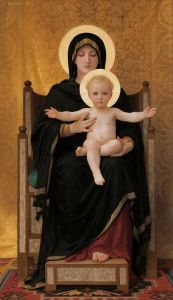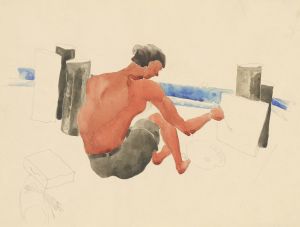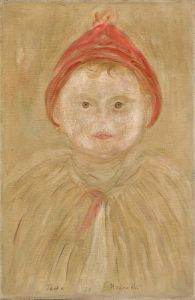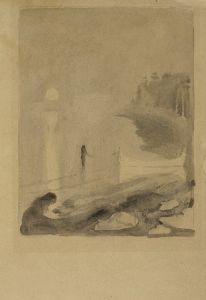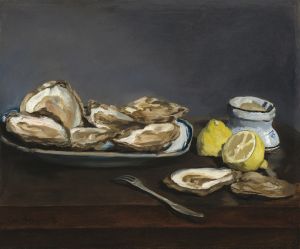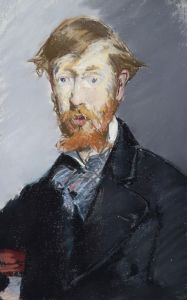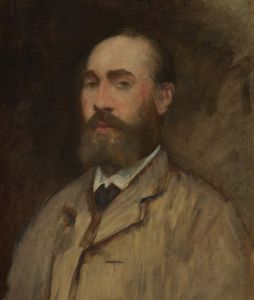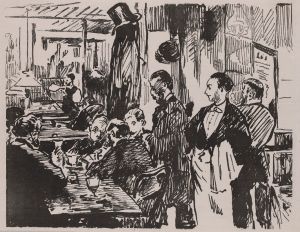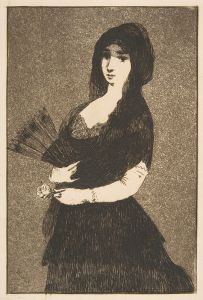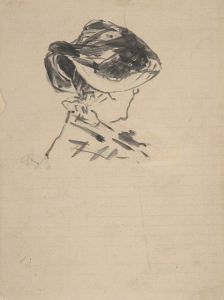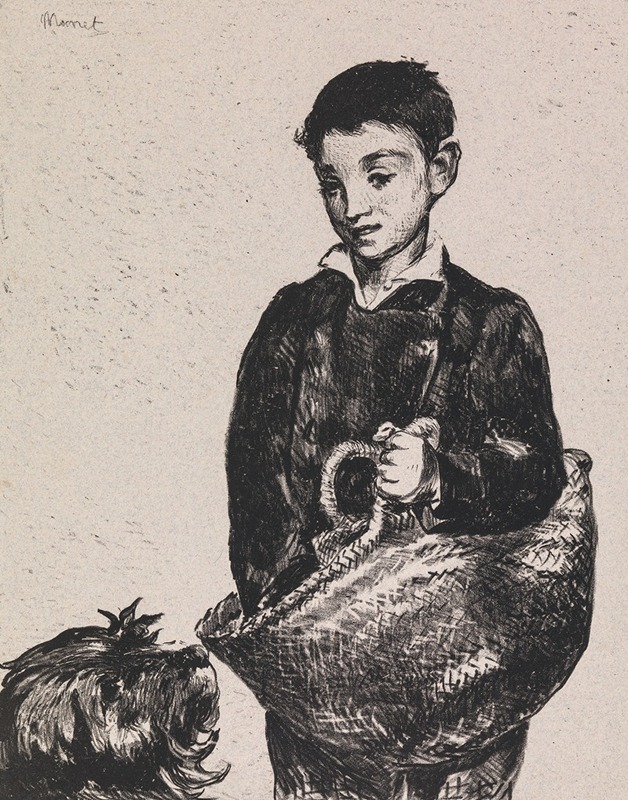
The Urchin
A hand-painted replica of Édouard Manet’s masterpiece The Urchin, meticulously crafted by professional artists to capture the true essence of the original. Each piece is created with museum-quality canvas and rare mineral pigments, carefully painted by experienced artists with delicate brushstrokes and rich, layered colors to perfectly recreate the texture of the original artwork. Unlike machine-printed reproductions, this hand-painted version brings the painting to life, infused with the artist’s emotions and skill in every stroke. Whether for personal collection or home decoration, it instantly elevates the artistic atmosphere of any space.
Édouard Manet, a pivotal figure in the transition from Realism to Impressionism, painted "The Urchin" in 1861. This work is a testament to Manet's innovative approach to art during the mid-19th century, a period marked by significant changes in artistic styles and societal norms. "The Urchin" reflects Manet's interest in capturing contemporary life and his skill in portraying human figures with a sense of immediacy and realism.
"The Urchin" depicts a young boy, often interpreted as a street urchin, a common sight in Paris during Manet's time. The painting captures the boy in a moment of stillness, with a direct gaze that engages the viewer. This approach is characteristic of Manet's style, where he often sought to create a connection between the subject and the observer. The boy's attire is simple, reflecting his lower social status, which was a subject of interest for many artists during this period who sought to portray the realities of urban life.
Manet's technique in "The Urchin" demonstrates his mastery of light and shadow, as well as his ability to convey texture and depth. The brushwork is both precise and loose, allowing for a realistic depiction of the boy's features while also suggesting the transient nature of the moment captured. The background is kept minimal, focusing the viewer's attention on the subject and enhancing the painting's intimate feel.
This painting is an example of Manet's broader interest in the lives of ordinary people, a theme that recurs throughout his oeuvre. Unlike many of his contemporaries who focused on historical or mythological subjects, Manet was drawn to the everyday scenes of Parisian life. This focus on realism and modernity was a precursor to the Impressionist movement, which would later be characterized by its emphasis on capturing the fleeting effects of light and color in everyday scenes.
"The Urchin" also reflects the influence of Spanish art on Manet, particularly the works of Diego Velázquez and Francisco Goya, whom Manet greatly admired. The use of dark tones and the stark contrast between light and shadow in the painting are reminiscent of the Spanish masters' techniques. Manet's admiration for these artists is evident in his ability to blend their influence with his own modern sensibilities.
While "The Urchin" may not be as widely recognized as some of Manet's other works, such as "Olympia" or "Le Déjeuner sur l'herbe," it remains an important piece within his body of work. It showcases his commitment to depicting the truth of his contemporary world and his skill in rendering the human figure with empathy and realism.
In summary, "The Urchin" by Édouard Manet is a significant work that exemplifies the artist's innovative approach to painting and his focus on modern life. Through his depiction of a young street boy, Manet captures the essence of 19th-century Parisian society and contributes to the evolving narrative of art during this transformative period.





